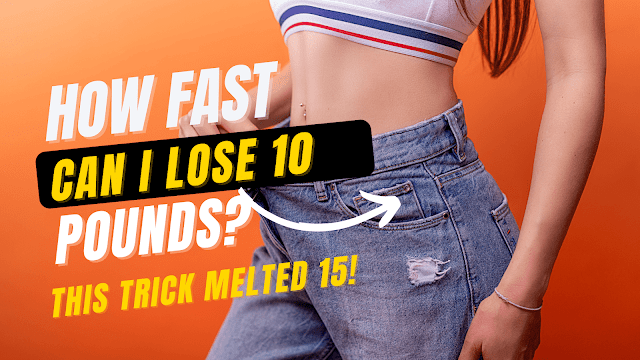Setting Realistic Expectations
Losing 10 pounds in a healthy way typically takes 1-2 pounds per week. This may seem slow, but it promotes lasting weight loss and reduces the risk of health complications. Crash diets that promise dramatic weight loss in a short period often lead to muscle loss, fatigue, and yo-yo dieting.
Sustainable Strategies for Shedding 10 Pounds
So, how can you lose 10 pounds in a healthy and sustainable way? Here are some key strategies:
- Calorie Reduction: Eating a moderate calorie deficit (around 500 calories per day) encourages your body to burn stored fat for energy. You can calculate your daily calorie needs using online tools or consult a registered dietitian.
- Balanced Nutrition: Focus on whole foods like fruits, vegetables, lean protein, and whole grains. These provide essential nutrients for overall health and keep you feeling fuller for longer, reducing cravings and helping you stick to your calorie goals. Processed foods and sugary drinks are often high in calories and low in nutrients, making them detrimental to weight loss efforts.
- Increased Activity: Aim for at least 150 minutes of moderate-intensity exercise most weeks. This can be brisk walking, swimming, cycling, or any activity that gets your heart rate up and helps you burn additional calories. Exercise also builds muscle, which boosts your metabolism and helps you burn more calories even at rest.
The Dangers of Rapid Weight Loss
Losing more than 2 pounds per week can lead to several health problems, including:
- Muscle Loss: Crash diets often lead to muscle loss along with fat loss. Muscle is metabolically active tissue, meaning it burns calories even at rest. Losing muscle can slow down your metabolism and make it harder to maintain weight loss in the long run.
- Fatigue: Rapid weight loss can deplete your body\'s glycogen stores, the primary source of energy for your muscles. This can lead to fatigue, making it difficult to maintain an active lifestyle.
- Gallstones: Rapid weight loss can increase your risk of developing gallstones, painful stones that form in your gallbladder.
- Nutritional Deficiencies: Fad diets often restrict entire food groups, which can lead to nutritional deficiencies.
Conclusion
While shedding 10 pounds quickly might be tempting, it\'s often unrealistic and potentially harmful. By focusing on healthy, sustainable practices like calorie control, balanced nutrition, and regular exercise, you can achieve your weight loss goals and improve your overall well-being. Remember, slow and steady wins the race when it comes to losing weight and keeping it off.
Looking for more tips on healthy weight loss strategies and diet reviews? Check out our blog and weight loss product reviews at Alt Health Infos!
\n
 \n
\n \n
\n \n
\n
Comments
\nPost a Comment
\n\n\n\n\n